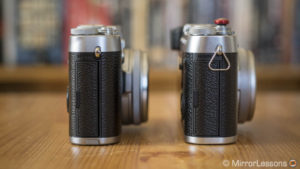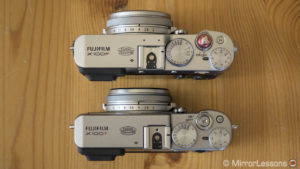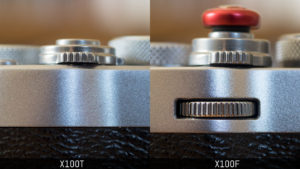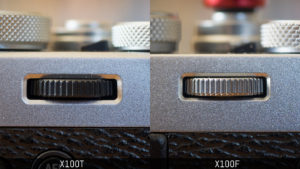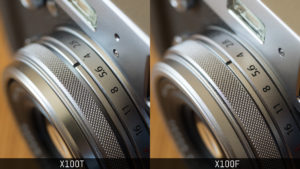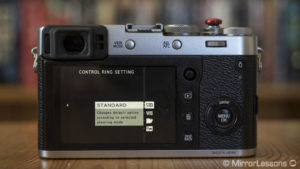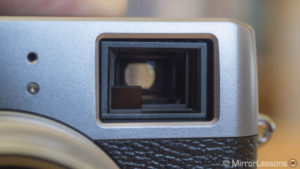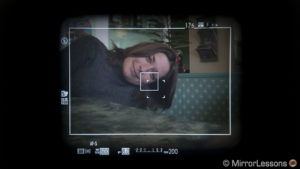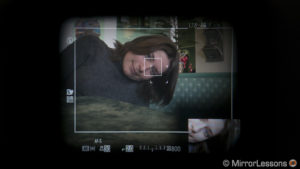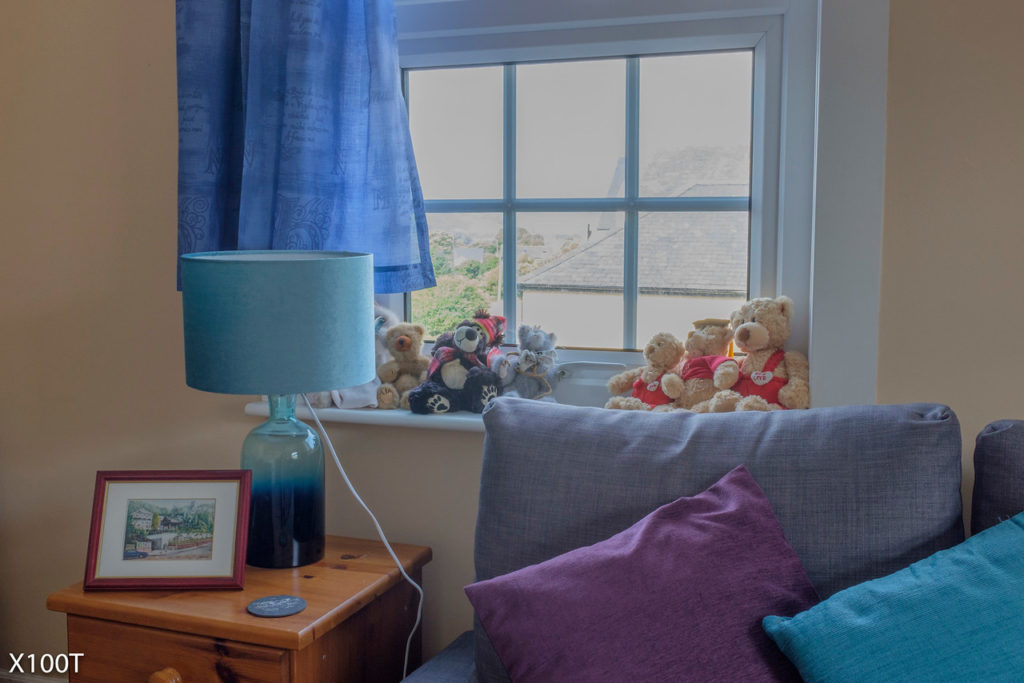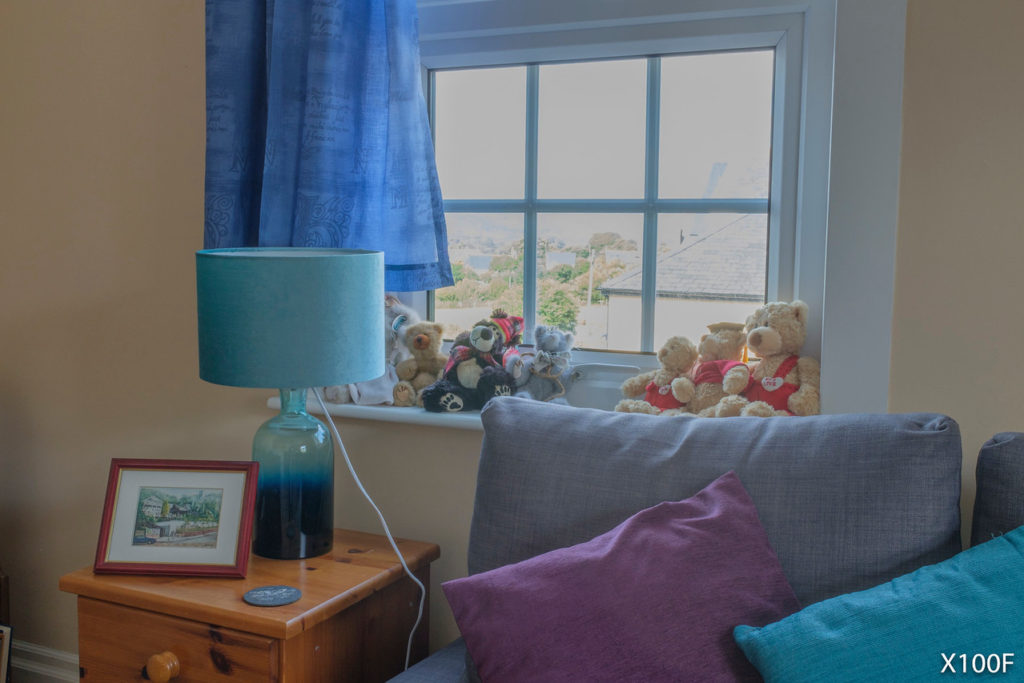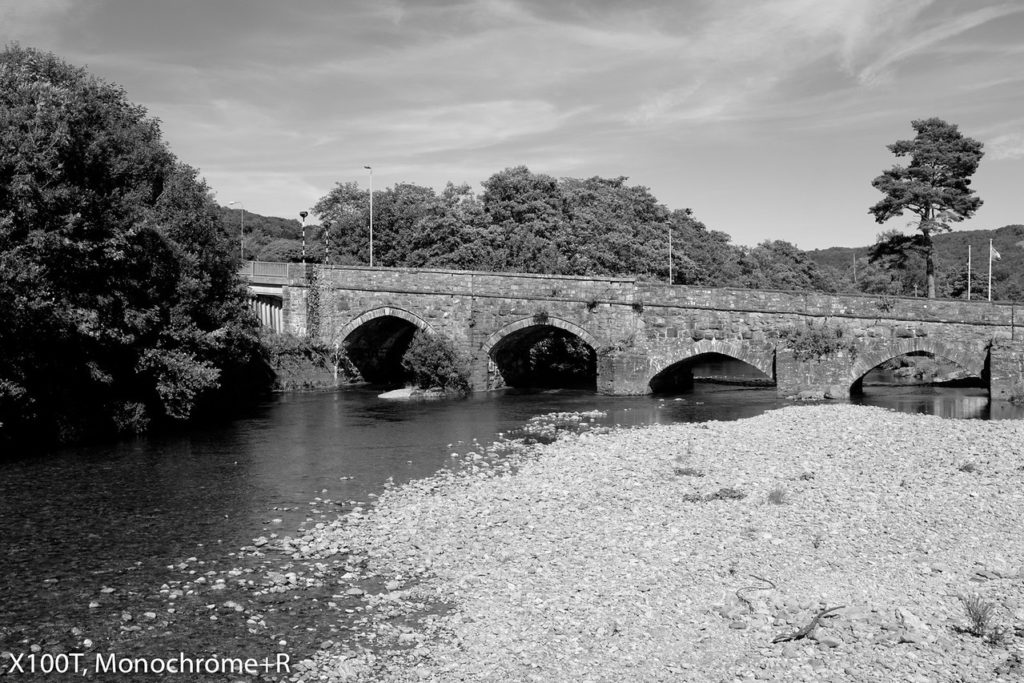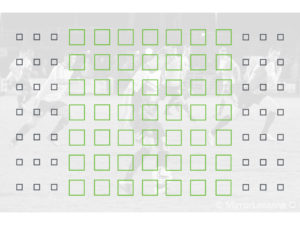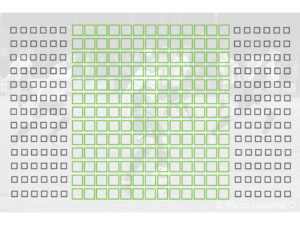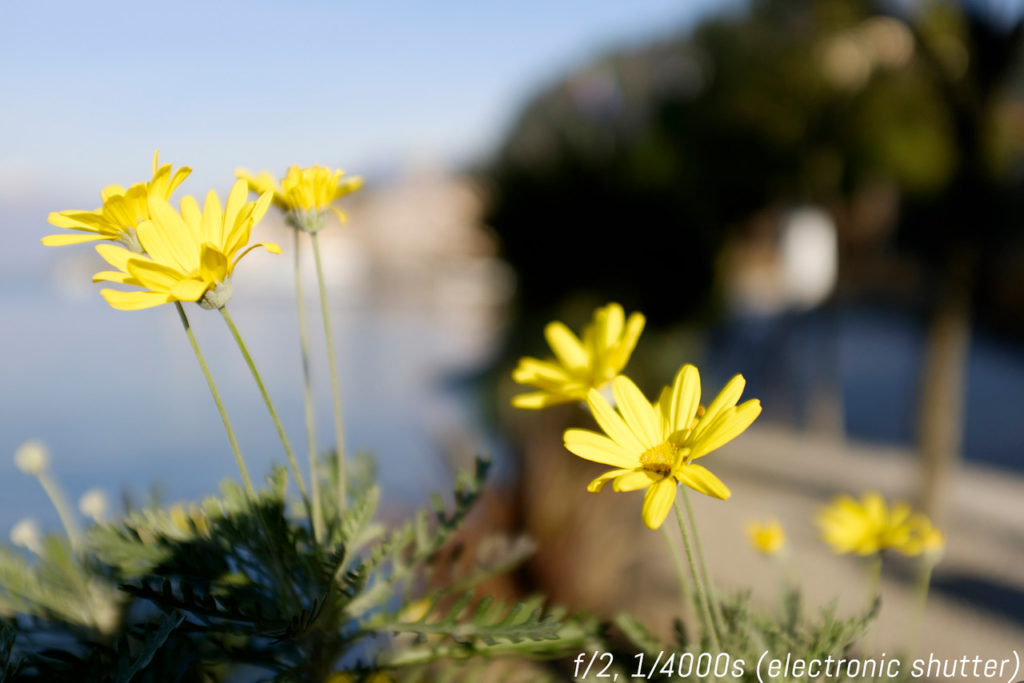Updated on: January 5, 2018
It doesn’t matter which letter comes at the end of the name, the X100/S/T/F remains the Fujifilm series I enjoy the most. I’ve been trying to figure out why an X-T2 or an X-Pro2, while excellent, don’t have that same “je ne sais quoi” for me and I’ve come to the conclusion that it is the equilibrium of the overall package that draws me in.
The X100 is the perfect combination of design, functionality and quality. But there is also the fact that it is already complete when you unbox it. The fixed lens saves you from the quest of buying additional lenses. The X100 series already feels complete, with nothing left to be desired save a few extra accessories that are entirely optional.
The X100F is the fourth generation in the series and is the best yet. While some of its updates come as no surprise such as the new 24MP sensor already seen on other Fuji cameras, other improvements such as those made to the buttons and dials make a relevant difference.
Ethics statement: The two cameras were supplied to us by one of our partners for this comparison (although we owned the X100T for over two years for review purposes). We were not asked to write anything about these products, nor were we provided with any sort of compensation. Within the article, there are affiliate links. If you decide to buy something after clicking the link, we will receive a small commission. To know more about our ethics, you can visit our full disclosure page. Thank you!
[toc heading_levels=”2″]
Article Updates
- January 5, 2018: added information concerning firmware 2.0 for the X100F
Main Specs
X100T
- Sensor: 16 MP APS-C X-Trans II CMOS
- Lens system: Fixed 23mm f2 (35mm equivalent)
- Weatherproof: None
- Internal Stabilisation: None
- Autofocus: Hybrid wth 9 phase and 40 contrast detection areas
- Continuous shooting: 6 fps and 3 fps (AF-S and AF-C)
- ISO Sensitivity: 200 – 6400 ISO (pull 100, push 12800 to 51200 in JPG only)
- Shutter Speeds: 1/4000 to 30 seconds, up to 1/32000s with electronic shutter
- Viewfinder: Hybrid with 0.48in OLED 2,360k dots EVF (100% FOV, 0.65x magnification), Reverse Galilean OVF (92% FOV, 0.5x magnification)
- Rear monitor: fixed 3″ LCD (1040k dots)
- Movie recording: Full HD up to 60fps
- Built-in Flash: Yes
- Extra Features: WiFi, Panorama, Timelapse, Bracketing, Multiple exposure, Advanced filters, Silent mode
- Dimensions: 126.5 x 74.4 x 52.4mm
- Weight: 440g (including battery and memory card)
- Year of release: late 2014
- Firmware version: 1.11
X100F
- Sensor: 24 MP APS-C X-Trans III CMOS
- Lens system: Fixed 23mm f2 (35mm equivalent)
- Weatherproof: None
- Internal Stabilisation: None
- Autofocus: Hybrid with up to 325 points (7×13 and 13×25 grids selectable)
- Continuous shooting: 8 fps and 3 fps (AF-S and AF-C)
- ISO Sensitivity: 200 – 12800 ISO (pull 100, push 12800 to 51200)
- Shutter Speeds: 1/4000 to 30 seconds, up to 1/32000s with electronic shutter
- Viewfinder: Hybrid with 0.48in OLED 2,360k dots EVF (100% FOV, 0.65x magnification), Reverse Galilean OVF (92% FOV, 0.5x magnification)
- Rear monitor: fixed 3″ LCD (1040k dots)
- Movie recording: Full HD up to 60fps
- Built-in Flash: Yes
- Extra Features: WiFi, Panorama, Timelapse, Bracketing, Multiple exposure, Advanced filters, Silent mode, Digital teleconverter
- Dimensions: 126.5 x 74.8 x 52.4mm
- Weight: 469g (including battery and memory card)
- Year of release: early 2017
- Firmware version: 2.10
Design, controls and ease of use
At first glance the two cameras look identical. Their dimensions are roughly the same with the X100F being ever so slightly taller and deeper. The extra 20g on the newer model is almost imperceptible.
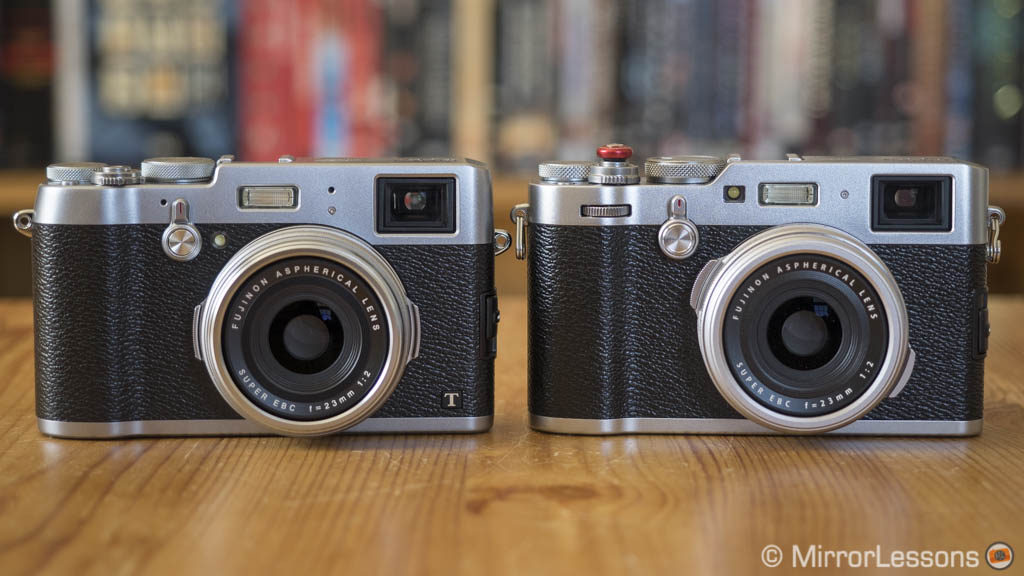
Look more closely and you start to notice a few differences concerning the design. One detail is the letter on the front of the X100T recalling the camera’s generation that has disappeared on the X100F. The metal finish of the F also looks brighter.
The most relevant upgrade concerns the various dials and buttons that have been added, improved and re-arranged on the new camera.
On top of the X100F we find a double ISO/Shutter speed dial like the one on the X-Pro2. You turn the dial to change the exposure time, and you lift and turn the external ring to vary the ISO. It can require some getting used to at first and depending on your settings, the ISO values may appear upside-down. On the X100T you can control the ISO via a function button or the Quick Menu.
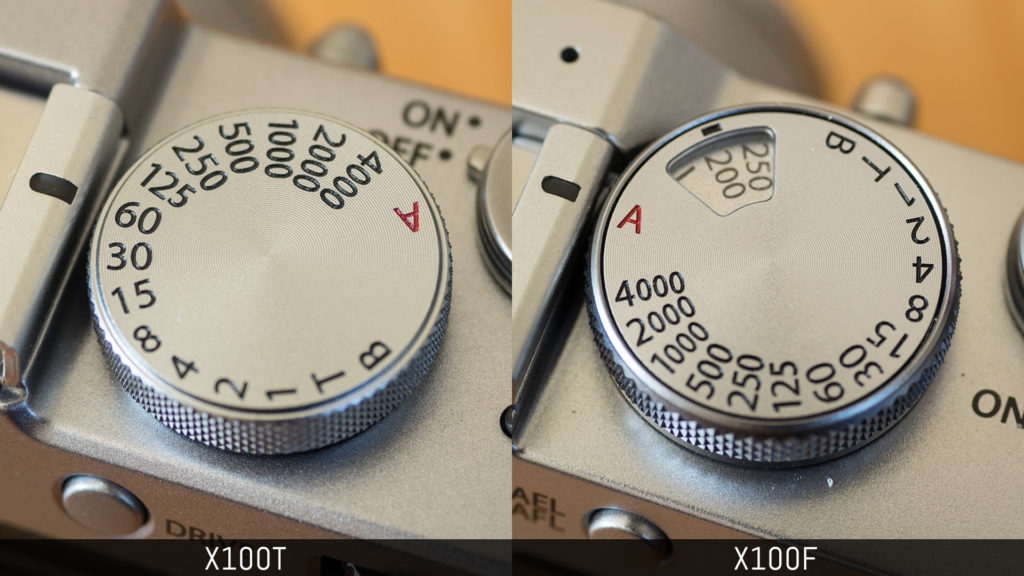
The biggest improvement is found on the rear. First we have the AF Joystick which definitely enhances the user experience when moving the AF area. It’s hard to go back to the 4-way control pad on the X100T after that.
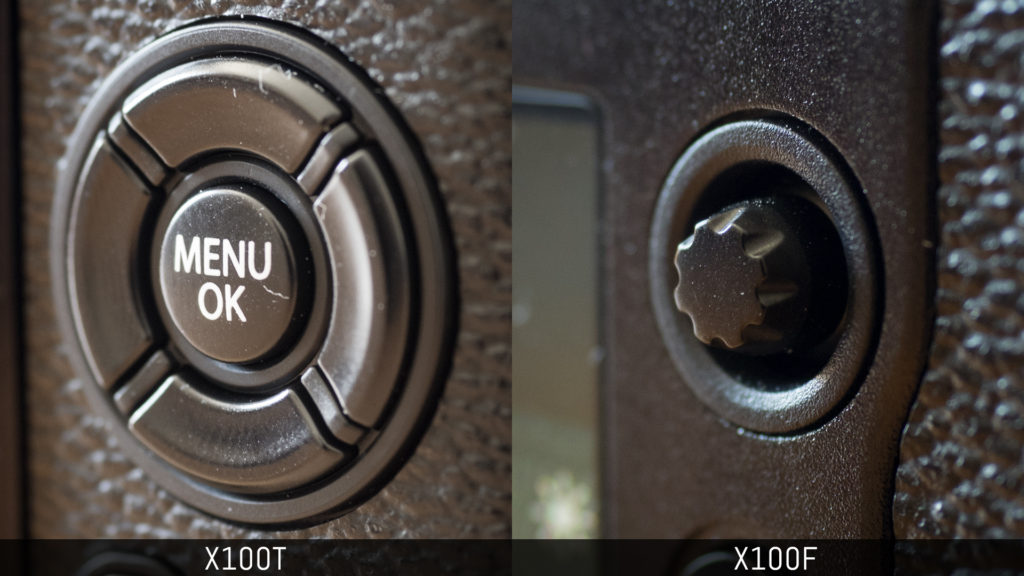
The rounded buttons are slightly larger and flatter on the new camera but they don’t lose their tactile responsiveness. You will notice that there are no buttons to the left of the LCD screen anymore: this allows you to control more things with one hand.
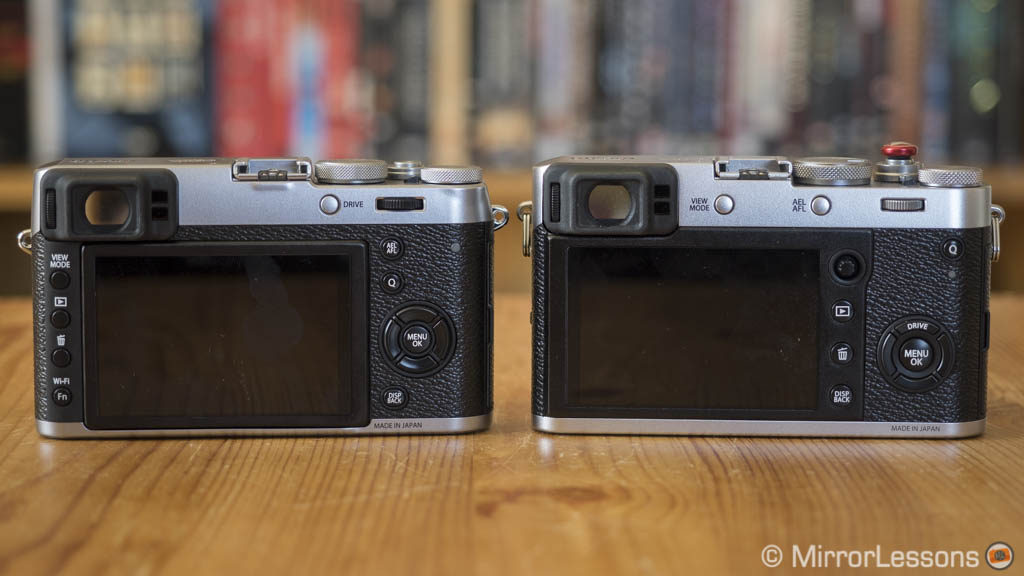
The X100F has two metal command dials (front and rear) that are more precise and pleasant to turn. The rear black dial on the X100T feels somewhat looser and is made of plastic.
The viewfinder lever on the front is slightly larger on the X100F and includes a function button. The total number of customisable buttons are the same on both cameras but it all comes down to how you move the AF point on the X100T: if you want to use the 4-way pad directly, you lose four of them.

The X100F inherits the new menu system introduced with the X-Pro2 which is more well organised and straightforward to navigate. It features the My Menu page where you can save shortcuts to your most used settings. Both cameras include a Q menu with 16 customisable blocks.
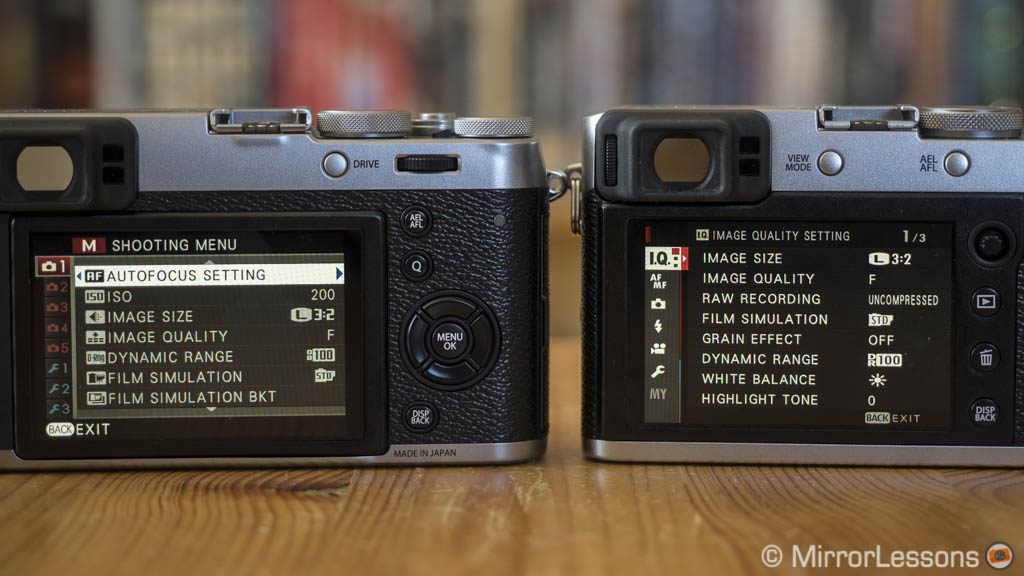
You find a larger ring on the X100F’s lens that can be used as a function ring to control additional settings. It becomes a focus ring when switched over to MF.
Concerning the aspects that haven’t changed, there are the magnesium alloy top and bottom plates and lack of weather sealing. All the dials are made of metal expect the black rear command dial of the X100T. There is a threaded shutter release button and an AF mode selector on the left side. The connections available on the right side of the cameras are USB 2.0, Micro HDMI output and 2.5mm jack input.
Viewfinder and rear monitor
A unique characteristic of the X100 and X-Pro series is the hybrid viewfinder that allows you to switch between optical and electronic versions via the front lever. Here almost nothing has changed between the two models.
The EVF is made up of a 0.48 inch OLED panel with 2,360k dots which is bright with good contrast and clarity. The magnification is 0.65x. The X100F version has a slightly faster refresh rate of 60fps as opposed to 55fps on the X100T. The eyepoint is a little bit short (15mm) so if you’re wearing glasses, you won’t see the extreme corners.
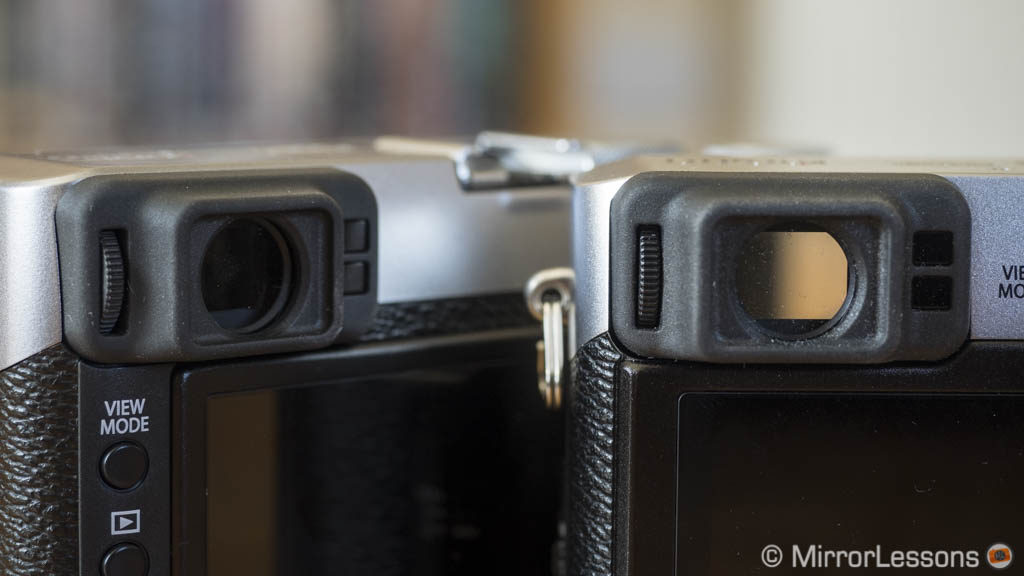
The OVF is a reverse Galilean type with 92% field coverage and 0.5x magnification. The short eyepoint is less of an issue here because the white frame that delimits the field of view remains entirely visible (the optical VF is larger than the lens’ angle of view). You also get real-time parallax correction for the frame and AF area.
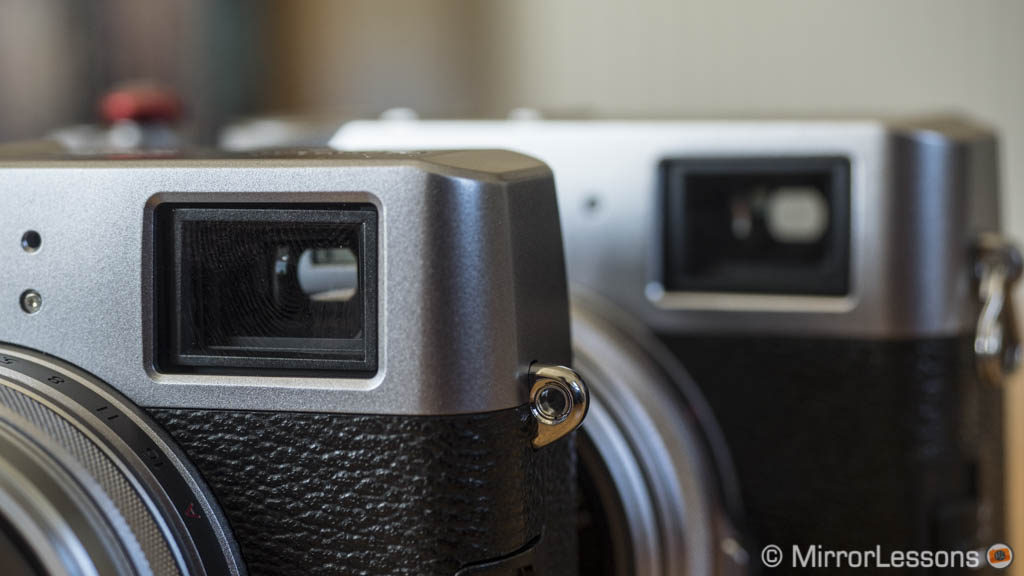
Last but not least, in OVF mode you can activate the ERF (Electronic Range Finder), a small LCD screen that sits in the bottom right corner. You can use it to check focus in combination with some manual focus assists. In AF-C it displays the entire frame rather than a magnified version. It can be useful but also distracting.
The OVF is definitely brighter and has no lag: I find it interesting to use for street photography or for landscapes / cityscapes. The parallax effect takes some getting used to if you are not familiar with rangefinders (the perspective in the OVF is slightly different from the lens). As soon as the focus distance is reduced or I am in a situation with more difficult light, I prefer to switch to the EVF for real time colour/exposure preview and precise framing.
The rear LCD is the same on both cameras: it is fixed with a 1,040k dot panel. It lacks touch sensitivity and can’t be tilted. Although the absence of the former doesn’t bother me so much, I wished the camera had a tilting screen for low-angle shots. Curiously Fujifilm got rid of the Sunlight mode on the X100F which is a useful setting.
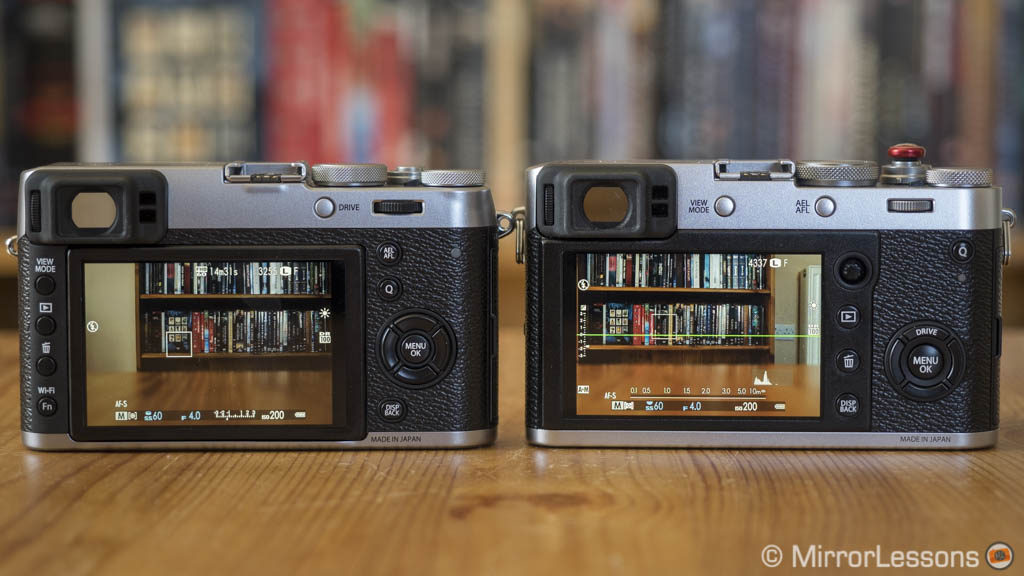
Image and optical quality
Like all the post-2016 Fujifilm cameras, the X100F has the most recent 24MP X-Trans III sensor while the X100T relies on the older 16MP X-Trans II chip. Because I’ve already tested the two sensors side by side in our X-T1 vs X-T2 complete comparison, I will only touch upon the main differences here.


In addition to the increased resolution, the new sensor gives you more room to work with the sensitivity. The dynamic range is more or less the same however. The 24MP sensor might give you something more in the case of extreme highlight recovery but it’s a very tiny difference that you won’t notice most of the time. The RAW output is 14bit on both cameras and the X100F allows you to choose a lossless compressed version.

While the X100T has a native range that goes from 200 to 6400 ISO, the X100F tops out at 12800 ISO. Furthermore, the entire ISO range – including the extended values of 100, 12800, 25600 and 51200 – are available in RAW format as opposed to JPG only on the T.



Concerning JPGs and picture profiles, you get the usual Film Simulation modes including Astia, Classic Chrome and Pro Neg amongst others. The X100F has an extra black & white profile – Acros – which renders more contrast in comparison to the standard monochrome profile. The X100F has more steps (±4 vs ±2) to control certain settings such as contrast, saturation, and noise reduction, as well as a grain setting (weak and strong level).




Both cameras handle Auto White Balance well. With manual adjustments, the greenish dominance seen on previous cameras that use the new X-Processor Pro – such as the X-T2 and X-Pro2 – seems to have disappeared. In fact the F is more natural than the T in this regard. You can see an example below with SOOC JPG (Provia profile).
The only thing that hasn’t changed is the lens. The 23mm prime has the same internal design (8 elements in 6 groups) with an aperture that goes from f/2 to f/16. It delivers excellent sharpness from corner to corner at long and medium distances starting from f/2 (the peak is already found at f/2.8). Flare resistance isn’t too bad, and the bokeh is pleasant enough despite not being the lens’ strongest characteristic. The only weak point is sharpness at close focus distances: you need to stop down to f/4 or f/5.6 to get the best results. To focus at the minimum distance of 10cm, you need to activate the macro mode on the X100T while the X100F does it automatically.




As a final note, the sensor flare and grid artefact issue found on other 24MP cameras like the X-T2 and X-Pro2 is also present on the X100F. You may spot some grid artefacts when veiling flare appears in the image but it is much more subtle and in most scenarios you won’t notice it at all.
Autofocus performance
The new sensor of the X100F also provides the camera with the latest AF system that gave us excellent results on the X-T2, X-Pro2 and X-T20. The X100T uses an older system with fewer points and never received the firmware improvement that other cameras benefited from.
The T has a hybrid system consisting of 49 points with the 9 at the centre being phase detection areas. You can choose between Multi – where the cameras picks the AF point automatically – and Single with five sizes available. Multi works fine as the camera picks the appropriate points most of the time. With single, the smallest point can be more precise with busy scenery. Speed and accuracy are good even at a close focus distance but the performance slows down a little in low light.
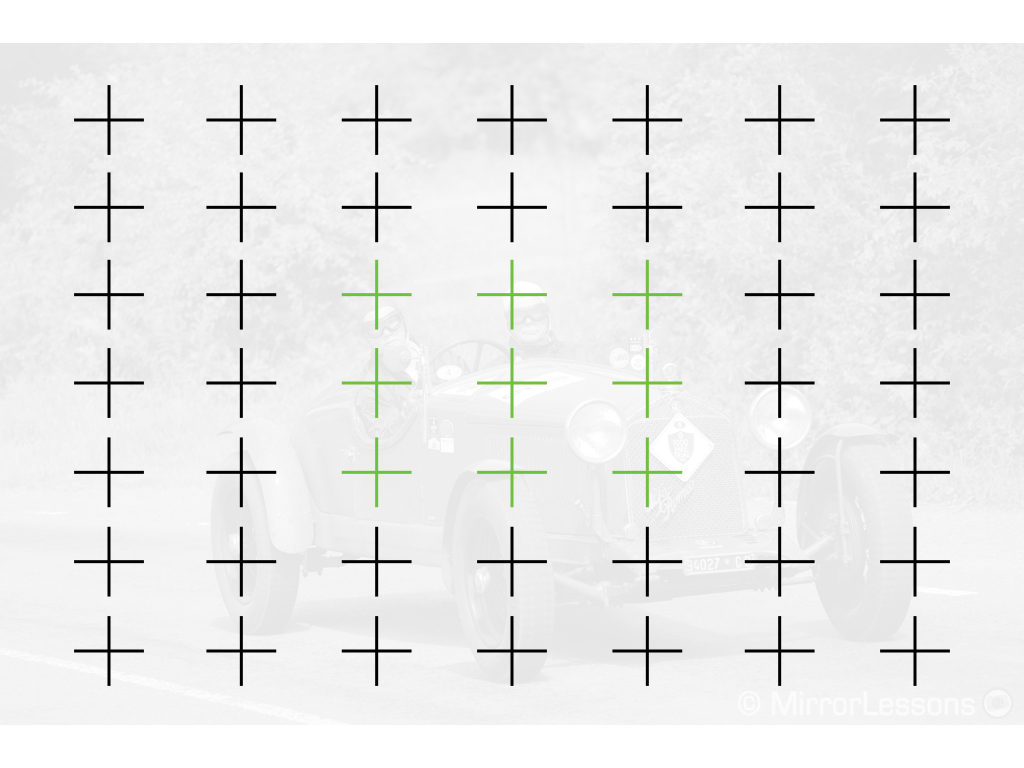

The F has a more advanced AF system with 91 points (49 of them are phase detection). They can be subdivided in a 13×25 grid unless you are working in continuous AF and CH burst. You get more AF Area modes including Zone AF (3×3, 5×5 or 7×7 grid) and Wide/Tracking.

The X100F feels faster overall but not by much when compared side by side with the X100T. One improvement on the F is face detection. With that mode the T uses contrast detection only while the X100F is faster thanks to the use of phase detection points. Furthermore the F can combine face and eye detection unlike the X100T. It’s not 100% reliable but definitely a big step forward.


The real Achille’s heel of the AF performance for both cameras is the lens: the 23mm doesn’t have an internal focus mechanism and it doesn’t move as smoothly or silently as more recent XF lenses. You can clearly hear and feel it when it moves back and forth to acquire focus and can decrease the locking speed in both single and continuous AF. Both cameras can also fail to lock in S-AF at times, even in a simple scene with good light and contrast (a problem I noticed on the X100s as well). The T is less prone to this type of behaviour but not completely free of it.

In continuous AF both cameras can be slow when tracking a subject, especially when it comes close or suddenly appears in the frame. That being said my overall opinion remains positive and the keeper rate is good enough. Make sure to select the correct settings: a single area works better than Multi on the X100T when dealing with moving subjects. Zone AF can be a good middle ground on the F but the camera is also more prone to mis-focusing on the background.


As a final note, only the X100F has the AF+MF option that allows you to fine-tune focus manually while keeping the shutter release or back focus button half-pressed.
Shutter, continuous shooting and buffer
The X100T and X100F use a leaf shutter with a maximum speed of 1/4000s. The mechanism is interesting for a couple of reasons: first it allows you to shoot with fast flash sync without the need of a special HSS function unlike focal plane shutters. Second it is very quiet and doesn’t produce micro vibrations.

Check price of the X100F on B&H Photo
The leaf shutter brings some limitations too: when shooting at fast apertures, going beyond certain speeds can make the blurred background less attractive because the shutter can’t cover the large aperture fast enough. Two solutions are to use the built-in ND filter or to switch to the electronic shutter that goes up to 1/32000s. Remember that with the latter you can have distortion (rolling shutter) with fast movements.
These cameras are not necessarily designed for action but they can prove useful in certain situations. The X100F increases the maximum speed to 8fps and you have a total of four options to choose from (8, 5, 4 and 3fps). The X100T lets you choose between 6fps and 3fps.
If you use the EVF or LCD, the X100F gives you live view with blackouts up to 5fps. At 8fps it displays the last image taken. The X100T doesn’t show a live view with either the High or Low speed. With both cameras you may want to experiment with the optical viewfinder for action. You get a clear view with no lag or blackouts, making it easier to follow the action in some situations. It’s even better on the X100F thanks to the Zone AF setting that is more accurate than Multi on the X100T for this genre.
Concerning the buffer capabilities, the F is way better than the T. It can shoot at 8fps for 5s in RAW before slowing down to 5fps and then 3fps after 11s. In JPG mode it records at full speed for almost 30s before going down to 6fps. The X100T will slow down from 6fps to 2fps after 1 second when shooting RAW files. It does better with JPGs as the speed remains more or less constant but the camera stops briefly every 20s to clear the buffer (like a diver taking a breath before going under again).
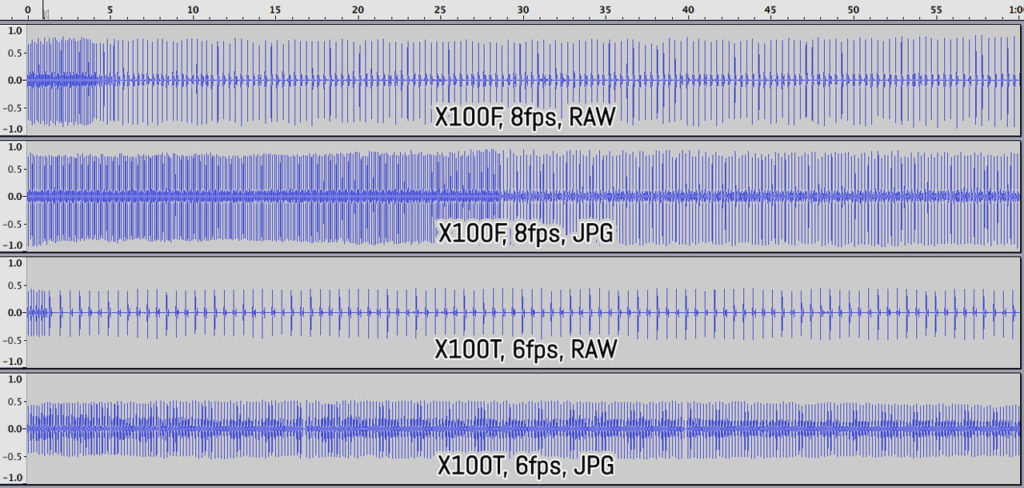
Video capabilities
The new sensor and image processor bring better quality to the video capabilities of the X100F. There is no 4K but the 1080p footage is crisper with less aliasing and moiré in comparison to the T. Both cameras can record up to 60fps.
The X100F has better controls as well: there is a dedicated video mode accessible from the Drive button and you start the recording with the shutter release. On the X100T the only way to go into video mode is to start the recording via a Fn button. A trick to get some sort of preview is to change the JPG aspect ratio to 16:9.
On the X100F you can use the shadows/highlights/color settings to control the image better. All the film simulation modes are available on both cameras. Neither allow you to change the ISO while recording. On the T there is a separate ISO setting for video so make sure not to confuse it with the one you use for stills. The F has an extra ISO sensitivity of 12800.
Autofocus works on both cameras but the X100T will automatically switch to Multi while the F allows you to choose the single area as well, which is more precise in some situations. The F also lets you use face detection in C-AF.
You can control audio volume in four steps on both. There is a 2.5mm input that can be used with certain microphones.
Below you can see a comparison video between the X-T1 and X-T2 that shows you the improvement in 1080p between the old and new sensor/image processor. However note that the AF performance is worse on both the T and F because of the slower motor of their fixed 23mm lens.
Flash and other features
As explained in one of the previous chapters, the leaf shutter mechanism of these cameras allows you to shoot at high speed sync with the built-in flash or any external units.

With the built-in flash, the X100F can work in TTL or manual mode, and synchronise with the front or rear curtain. The X100T works in automatic mode only. Both cameras have a commander mode, red-eye removal setting (more options on the F) and flash compensation that ranges between ±2Ev.

They are compatible with external flash units such as the EF-X500 but some of the functions won’t work on the X100T.
Concerning the other features, the X100F has an exclusive function called Digital Teleconverter, which was first seen on the X70. Once you assign it to a Fn button or the control ring, you can switch to a 50mm or 70mm equivalent field of view. The camera crops the sensor and interpolates the image to maintain 24MP of resolution. The quality is not bad for web usage but you do lose some sharpness, especially with the 70mm mode. It works in JPG only.



Below I performed a little experiment by comparing the 50mm and 70mm digital tele conversion modes with the RAW files. I cropped the latter to match the same field of view, then upscaled it to 24MP exactly as the camera does internally with the JPG file. The RAW images were processed with Iridient Developer which gives the best results in terms of detail and sharpness. As you can see, you get better sharpness by sticking with the RAW file and cropping in post.
The test was also interesting to see how the X100T RAW files hold up when upscaled by a large margin. To match the 70mm mode, interpolation in post had to be more severe because the T starts with a lower native resolution (16MP) and is, as such, less sharp. With the 50mm example however it doesn’t hold too badly.
There are other differences such as:
- Metering: similar results on both cameras but the X100F has an extra setting (Centre-Weighted) in addition to Spot, Multi and Average
- Manual Focus assists: you’ll find magnification, peaking (3 colours and two intensities for each) and Digital Split Image. With the latter on the X100F, you can choose between monochrome and colour
- Bracketing: ISO, Film Simulation, White Balance and DR are available with 3 shots. On the X100F, AE Bracketing works up to ±2 EV while it’s ±1 EV on the X100T
- Copyright information: the X100F can register the photographer’s and copyright holder’s name in the EXIF data.
- Backup/Restore: the X100F is compatible with the Fujifilm X Acquire software to save and restore camera settings
- Fujifilm X RAW Studio: use the image processor of your camera to convert RAW files to JPG using your computer (batch processing available as well)
Finally here is a list of functionalities you can find on both T and F:
- Panorama mode: JPG only, two angles available, four directions. It doesn’t always work well and can exhibit severe vertical banding on both cameras.
- Multiple exposure: 2 shots (JPG only)
- Advanced Filters: 13 effects (Toy Camera, partial colour, etc.)
- Interval Timer: max 999 shots and timer option
- Wifi: remotely control and image transfer via mobile phone (Android and iOS) or Instax printer
- RAW Conversion: process your RAW files in camera.
Battery life
Another significant upgrade to the F is the improved battery life. Fujifilm gave it the same NP-W126S used on the X-T2, X-Pro2, X-T20 and X-T10. The remaining charge is displayed in percentages and there are five bars inside the icon instead of the three on the T.

To get through a day with the X100T, I would definitely need a spare battery. With the X100F I can finish the day on the same battery. Of course this can vary depending on how much video you record and if you use continuous shooting and continuous AF a lot. Setting Power Management to High Performance will decrease the battery life more rapidly while the OVF drains less power than the EVF.
Both cameras can be charged via USB.
Price
Although the X100T hasn’t been marked as discontinued on Fujifilm’s websites, many stores have replaced it with the X100F. You can still find the T online but if you see prices at around $1300, know that it is the exact same cost of the F. So unless you find the T at an attractive price or in a bundle of some sort, the X100F is the logical choice. Obviously you have a better chance of finding the X100T at a good price second hand.
In Europe the situation is similar, although you may find some new copies of the X100T for less than £1000 or just over €1000. The X100F can be found for £1250/€1400.
Conclusion
The second generation was a relevant step forward in comparison to first X100 (although some aficionados still prefer the original with its 12MP Bayer sensor). The differences between the X100S and X100T were more subtle. With the Fourth release, Fujifilm brings a relevant improvement.
The X100F feels like the most refined camera yet. At first glance you may think that nothing has changed but the re-arranged button layout makes for a better user experience . There are more dials that feel more precise in operation. The AF Joystick is a great addition.
The build hasn’t changed, nor has the hybrid viewfinder. But on the inside you find a sensor and an image processor that give you more resolution and more flexibility at high ISOs. The autofocus system is also more versatile.
The only element that hasn’t changed since the original X100, which was released in 2011, is the lens. You still get the same 23mm f/2 prime: it is compact, gives excellent sharpness (except at close focus distance) and a decent bokeh but has a slow AF motor.
Because it is not easy to find a new X100T at an attractive price, you are better off with the X100F unless you want to consider the cheaper second-hand market. If you already own an X100 camera (first, second or third generation), the improvements made to the F are definitely worth considering if it is the camera you carry with you every single day. If you only use the camera on an occasional basis, however, it is probably best to avoid the temptation of G.A.S. (gear acquisition syndrome) and stick with the model you have.
Choose the Fujifilm X100T if:
- you find a good price that allows you to save a significant amount of money (new or second hand)
Choose the Fujifilm X100F if:
- if you want the best X100 camera yet
Upgrade to the X100F if:
- it’s a camera you use every day and you can appreciate all the improvements, both big and small
Check price of the X100T on B&H Photo
Check price of the X100F on B&H Photo
You may also be interested in:
Additional images
X100T









X100F










